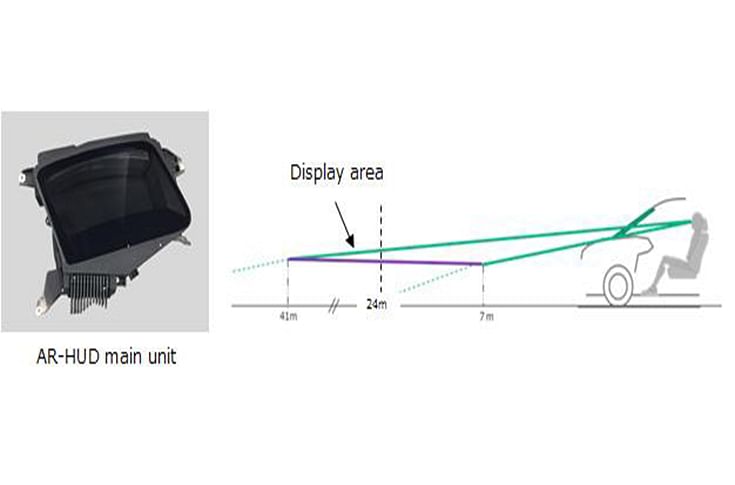Toyota concept car LQ to get Panasonic ADAS level 4 system
The system enables safe parking by finding an empty space and detecting pedestrians who enter the roadway. Panasonic has also come up with AR-HUD unit with its own optical technology.
Panasonic has developed a driverless automated valet parking system and an AR-HUD (Augmented Reality Head-Up Display). The driverless automated valet parking system achieves fully automated driving (SAE Level 4) in limited areas, while the AR-HUD offers safe, comfortable navigation so that the user can concentrate on driving. These technologies will be installed in Toyota Motor Corporation's concept car, LQ.
Panasonic claims that this system is achieving driverless automated valet parking without dedicated expensive sensors. It accurately identifies the position of own vehicle by using multiple conventional in-vehicle cameras, sonars, and radar sensors as well as a 2-D road map. The system enables safe parking by finding an empty space and detecting pedestrians who enter the roadway by linking to surveillance cameras in a parking lot and a control server. The system also comes with the ability to maintain a minimum of 20cm clearance between cars and in-vehicle emergency braking system that uses deep learning to prevent accidents.

The major benefit of this system is that it reduces the traffic, mishaps and stress related to parking. This also helps in the efficient use of the parking lots in the vicinity.
AR-HUD unit from Panasonic
Based on the information from the vehicle, the AR-HUD indicates route information and obstacle alerts just like physical markings on the road. It presents a high-quality image on a large screen with minimal distortion in the space on the windscreen right in front of the driver, by using Panasonic's proprietary optical technologies--refined through the development of audio-visual products--to reduce misalignment between the actual space and the image.

Panasonic claims that the new AR-HUD will assist in safe driving by reducing the movements and focus readjustments of the driver's eyes by presenting information intuitively. It also reduces the misalignment caused by vibration between the actual space and the displayed image by using proprietary vibration compensation technology, achieving navigation that is easier to see and understand. With Panasonic's optical technologies, the large screen display is equivalent to 230 inches at the centre of the display distance.
RELATED ARTICLES
Skoda begins sale of made-in-India CKD Kushaq in Vietnam
Before production started, pre-series Kushaq vehicles covered over 330,000 kilometres on a variety of Vietnamese roads a...
Six Japanese companies join forces to expand use of recycled materials in new vehicles
Denso, Toray Industries, Nomura Research Institute, Honda Motor, Matec Inc and Rever Corporation have set up the BlueReb...
BYD selects Voestalpine as steel supplier for its Hungarian plant
The announcement of the Austrian steelmaker as a supplier demonstrates BYD’s strategic plan to source from high-quality,...





 By Autocar Professional Bureau
By Autocar Professional Bureau
 14 Oct 2019
14 Oct 2019
 14590 Views
14590 Views






















